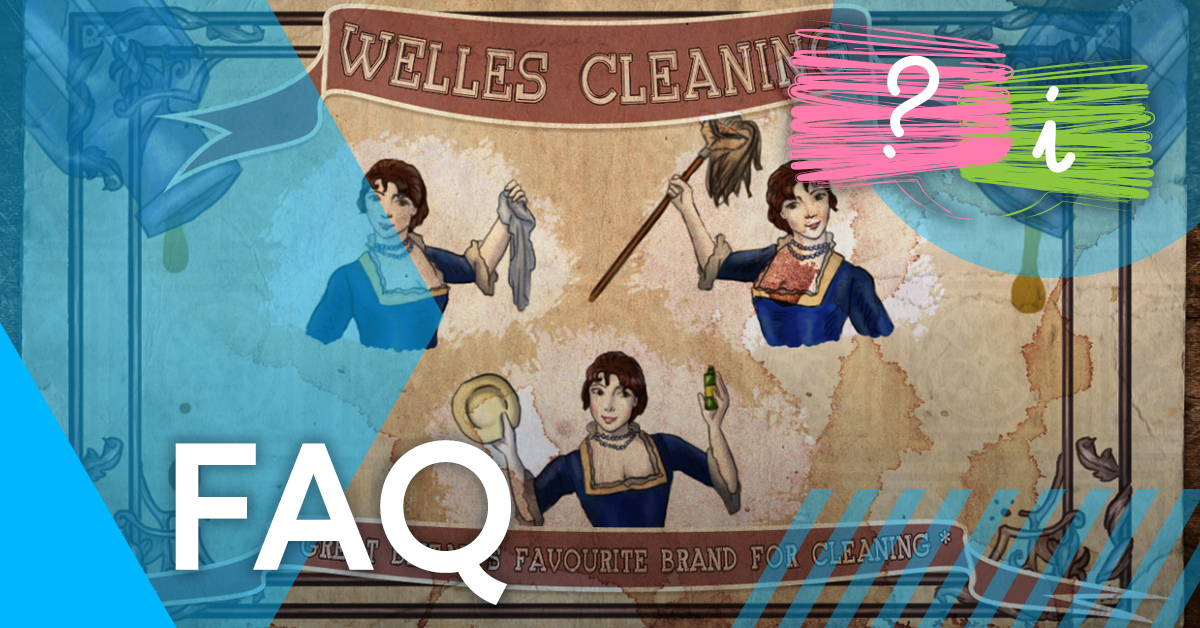What is workplace sexual harassment?
Posted 7 years ago
Workplace sexual harassment is unfortunately rife in the news at the moment. Just a few weeks ago, the United Nations released a shocking report revealing that one-third of their employees had been sexually harassed at work in the past two years, whilst Bernie Sanders faced former staff over sexual harassment allegations regarding his 2016 campaign.
“This tells me two things: first, that we still have a long way to go before we are able to fully and openly discuss sexual harassment; and second, that there may also be an ongoing sense of mistrust, perceptions of inaction and lack of accountability.”
According to a survey conducted by the BBC, half of British women and a fifth of men have been sexually harassed at work or a place of study. 63% of the women who took part in the survey said they didn’t report it to anyone, and it’s even higher for the men – with 79% of them not reporting it either.
Workplace Sexual Harassment Scenarios
So, what is considered sexual harassment at work? In truth, it’s a bit of a grey area and many people will have different perceptions of what sexual harassment actually is. The definition of Sexual Harassment is: “behaviour characterized by the making of unwelcome and inappropriate sexual remarks or physical advances in a workplace or other professional or social situation.”
Take a look at the following sexual harassment scenarios, taken from our Sexual Harassment Awareness Course. Do you think it is a case of sexual harassment?
Other, examples of sexual harassment at work can include sexual comments or jokes, unwelcome sexual advances or touching, suggestive looks, staring or leering, intrusive sexual questions, spreading sexual rumours, and sending emails or pictures of a sexual nature.
How does the law define sexual harassment?
As we mentioned before, the definition of Sexual Harassment is: “behaviour characterized by the making of unwelcome and inappropriate sexual remarks or physical advances in a workplace or other professional or social situation.”
But here are some other ways you can tell if you or a colleague has been sexually harassed:
It violates your dignity
Having dignity means being worthy of respect, it’s something everyone should have and legally, we are all entitled to. So, if someone at work treats you in a way that violates your dignity, you were disrespected and in terms of sexual harassment, you experienced this disrespect because of something that was sexually related at work and that was wrong.
It makes you feel humiliated, degraded or intimidated
You’ll likely have experienced one of these feelings, if not all three during your life already but it’s unlikely they were as sinister as a form of sexual harassment or abuse. Remember that it doesn’t matter if a person intended to sexually harass someone or thought it was just part of a joke or workplace banter, it can still be sexual harassment.
It creates a hostile environment
Nobody wants to work in a hostile environment and if the cause of this is of sexual nature, then it’s sexual harassment.
How to prevent sexual harassment in the workplace
Have the correct policies in place
Every company should have a strong Sexual Harassment Policy in place and employees should be able to access it easily and quickly. You could also post the policy in break rooms or kitchens for example.
Policies should begin with the companies stance on sexual harassment and how they aim to provide a zero-tolerance, harassment-free workplace. It should be made clear in the policy that EVERYONE is expected to follow and adhere to the policy.
One of the biggest problems surrounding sexual harassment is victims feeling like they can’t come forward and report an incident, so it’s also a good idea to mention that jobs won’t be adversely affected should anyone come forward.
Respond to sexual harassment complaints straight away
Make it clear to employees that you’re serious about sexual harassment claims by responding to them immediately. You’ll also decrease or eliminate entirely your organisations liability on the matter.
Equip staff with the correct tools and knowledge
Educate your staff on the signs of sexual harassment and what to do should it happen with effective Sexual Harassment Awareness Training.
Our Sexual Harassment Awareness Training is broken down into three easy-to-follow sections that clarify what sexual harassment is (and the types of harassment), how to identify sexual harassment and to address/report sexual harassment.
Your staff should work in an environment where they feel safe and work should be good for their wellbeing, promoting dignity and respect.
Download our free Sexual Harassment White Paper and learn more about how you can transform culture in your workplace.

Related articles



Opt-in to our newsletter
Receive industry news & offers